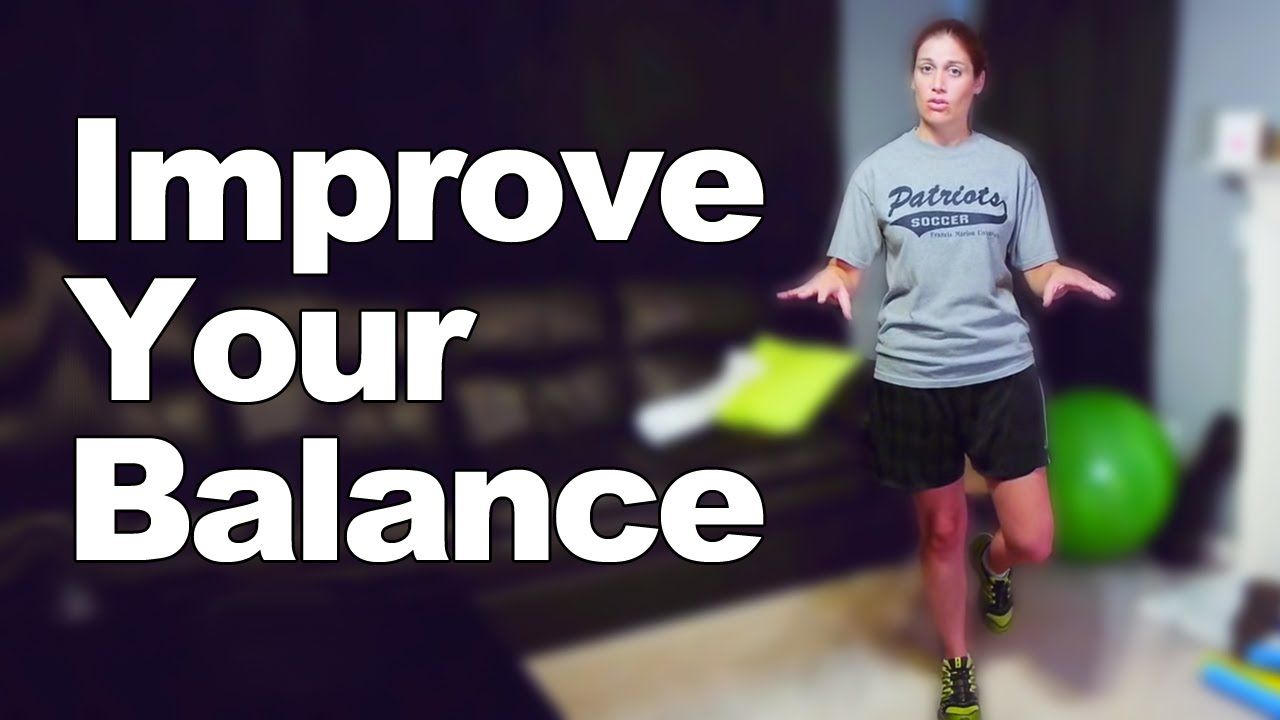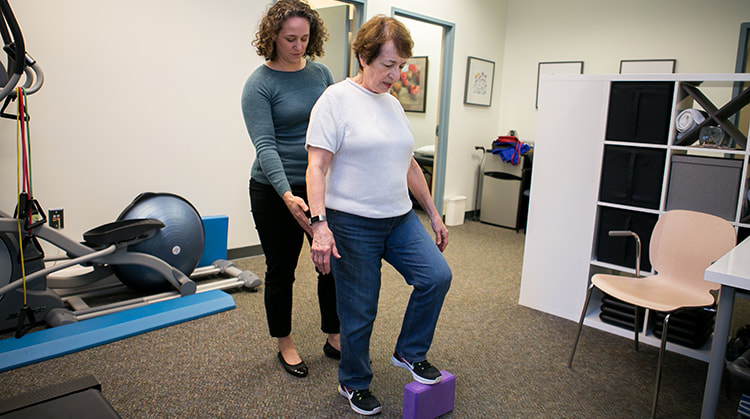 Do you want to find ways to keep active and maintain function with Parkinson's? Do you want to know what to focus on? You know exercise is beneficial for everyone regardless of health. You know Parkinson's is a specific neurological condition that affects not only movement but cognition and mood. And you may fear that you're seeing a decline in function of yourself or your loved one. Luckily organizations such as the American College of Sport Science and Exercise and Sport Science Australia have published guidelines for exercising with Parkinson's Disease. These guidelines help us work out what to focus on and how to do it. With a recent update from the American College of Sports Medicine and the Parkinson’s Foundation of the most up to date recommendations for safe and effective exercise treatment for people with Parkinson's, we thought we would give you an update as well. What should you do? People with Parkinson's should find ways to participate in regular exercise which includes aerobic fitness, muscle strengthening and flexibility. It is now recommended more than ever that balance, agility and multi-tasking activities be included in exercise therapy with Parkinson's. What does this mean? Well people with Parkinson's need to focus on different aspects of their movements and health to optimise their function. This means participating in:
It is recommended to see an exercise professional with experience in working with people with Parkinson's for an evaluation and recommendations to ensure the best outcome. Safety first! When exercising with Parkinson's it is important to understand the safety considerations. Specific safety considerations for Parkinson's include:
If you are even a little worried about any of these, supervision is the best way to avoid anything going wrong. Some tips for getting someone started in an exercise program are:
Remember, it is recommended to see an exercise professional for a safe and effective exercise program. If you have any questions about the latest updated guidelines and would like to know how to get started do not hesitate to give us a call. Izaac Boylan Accredited Exercise Physiologist.
0 Comments
What is Parkinson's disease
Parkinson's Disease is a progressive neurological condition that affects a person’s ability to control their body movements. It is caused by degeneration of the nerve cells in the middle of the brain which then causes a lack of dopamine to be produced. Dopamine is a chemical messenger that is necessary for smooth and controlled movements. What are the symptoms that people with PD will experience? The symptoms are seen as tremors, rigidity or stiffness of muscles and joints and bradykinesia which are slow movements, with other signs being muscle weakness, stooped posture, impaired balance and increased number of falls, freezing, reduced walking speed and step length or shuffling, depression and fatigue. Prior to these symptoms being noticed, other changes may be occurring including a loss of smell, difficulty sleeping and restlessness in bed, and deterioration of fine motor skills such as handwriting. Generally the symptoms appear when about 70 percent of the dopamine-producing cells in the brain have stopped working normally. Is PD very common? 30 people are diagnosed with Parkinson's Disease in Australia every day and approximately 100,000 Australians currently have Parkinson's. The average age of onset is 55 to 60 yrs and while the cause is unknown the biggest risk factor is age. Parkinson’s disease affects between 1-2% of individuals over 65 years of age, with approximately 6 million people affected worldwide. Risk factors for developing Parkinson’s Disease include age, previous head injuries and being male. How can Exercise help? Research has shown exercise to improve many of the specific motor skills and symptoms of people living with Parkinson’s Disease such as improving their gait or walking ability, improving flexibility, grip strength, coordination and balance, and reducing tremors and falls. Falls risk increases significantly in individuals diagnosed with Parkinson’s disease, with research showing that 70% of those with Parkinson’s disease fall annually, and 13% fall multiple times weekly. Increased frequency of falling can cause injuries, fear of falling and contribute to inactivity and a reduced quality of life. What exercise is best? In addition to generally being active, reducing sedentary behaviours and stretching, there are a few key focus areas which can be beneficial for people living with this condition. Resistance training Helps to maintain strength and function of our upper and lower limbs, but importantly by improving the strength of the muscles in our legs it can help to improve walking ability and ability to undertake activities of daily living like getting in and out of a car, shopping and gardening, and getting up from a chair. Treadmill walking is frequently used for people with Parkinson’s disease to assist in maintaining gait and walking speed. For people who experience freezing, then stationary cycling is great for heart and lung function. Cueing exercises’ involve walking while listening or seeing cues that mimic the rhythm of walking. These exercises can help improve your walking movements and overcome difficulty with gait initiation and freezing. ‘Dance’ has been shown to facilitate functional and expressive movement. It also provides important social interaction and can lead to improvements in perceived quality of life. Dual task training which is performing one task whilst also completing another, such as walking and counting backwards, or balancing and juggling a ball. More information? If you or someone you know is suffering from Parkinson's Disease and could benefit from an exercise program we would love to help. If you would like specific information about the condition and support group information reach out to Parkinson’s South Australia. Lisa Parkinson Accredited Exercise Physiologist |
AuthorSLisa Parkinson Archives
July 2024
Categories
All
|


 RSS Feed
RSS Feed